Big infrastructure announcements throughout the country seem to be dominating the news these days, with schemes such as HS2, East West Rail, and Crossrail all making headlines. Step-free projects within London continue to progress at a slow and steady pace, while a new campaigned aimed at boosting level boarding on the railways on a national scale takes shape.
HS2 Approval
Ending the post-election uncertainty surrounding HS2, the Government has now given full backing to the mega project, including the integration of Phase 2b (reaching Leeds and Manchester) with the Northern Powerhouse Rail project, which is meant to provide fast travel between all the major northern cities.
Back in the south, London is set to get two HS2 stations, at Euston in Central London and at Old Oak Common in the west. The latter station will become an important interchange hub, including an above-ground portion for GWR and Elizabeth Line services and indirect links to the Overground. As always, the issue of level boarding on these new projects creates more problems than it solves. For example, HS2 seems set on using high platforms (1100 mm) for its new dedicated stations.
As HS2 routes are meant to go beyond the new railway sections and run on parts of the existing network with 915 mm high platforms, we may end up with the ridiculous situation (already planned for the Elizabeth Line), where only part of the line will have level boarding. Looking at the GWR/Elizabeth Line part of the station, it will be interesting to see the platform heights here, and whether there will be level boarding for Elizabeth Line services or whether standard platforms will be used throughout to allow for more flexibility (as is the case at Reading).
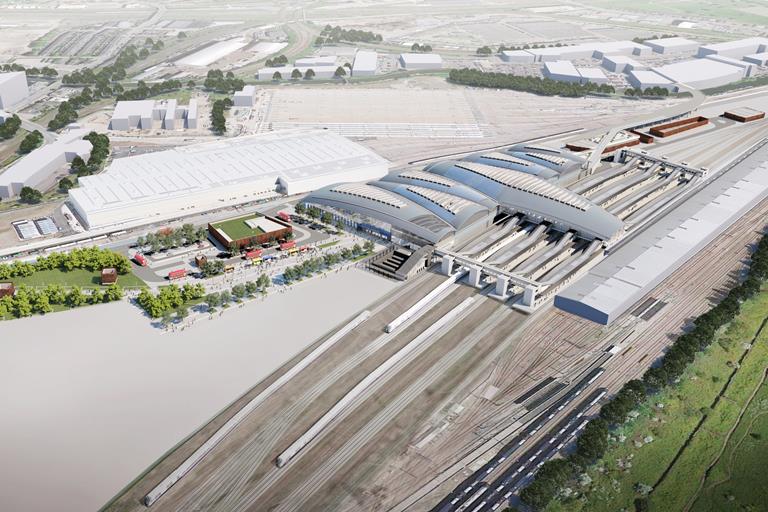
East West Rail, the project to reconnect Oxford and Cambridge (and beyond) by a direct rail link, has reached two important milestones in the past few weeks. First, a preferred route for the new track between Bedford and Cambridge has been chosen. Shortly after, the more shovel-ready part of the project, involving the stretch between Bicester/Aylesbury and Milton Keynes, received government approval.
Due to the project consisting of a mixture of existing, reinstated, and new tracks, it is not clear whether level boarding is being considered for the whole project. It would be a great embarrassment however, if this turned into yet another missed opportunity to meaning improve accessibility, as was the case of the non-level boarding Borders Railway.

Crossrail Updates
Looking at the 10 under-construction Elizabeth Line stations themselves, Crossrail Ltd has released a series of new station progress videos. For the most part, with the exception of Bond Street and Whitechapel, the stations look practically complete. With more than a year to go before the launch of the Elizabeth Line, I hope that we really are in the final stretch and that this project does deliver on a massive increase in accessibility within Central London.
New Step-Free Access
Since the last post, three suburban stations in London have become step-free to all platforms. These are Harold Wood (TfL Rail), Hanwell (TfL Rail), and Twickenham (SWR). This leaves Ilford as the only TfL Rail East station without step-free access, which should be finished by September, while Hanwell becomes the first TfL Rail West station within London to become step-free apart from Paddington. This is set to change within the next few months, as the remaining 6 London stations are due to be made step-free by the end of the year, barring any further delays.
Another important step-free access project is Elephant & Castle, which is currently only step-free on the southbound Northern line platform. The redevelopment of Elephant and Castle station is an important yet controversial project due to necessary demolition of the shopping centre, which has strong South American roots. After a series of delays, the demolition is set to take place in July, after which the developers of the new shopping centre will create a new station box serving the Northern line and the future Bakerloo line extension, allowing for full step-free access at the station for the first time.
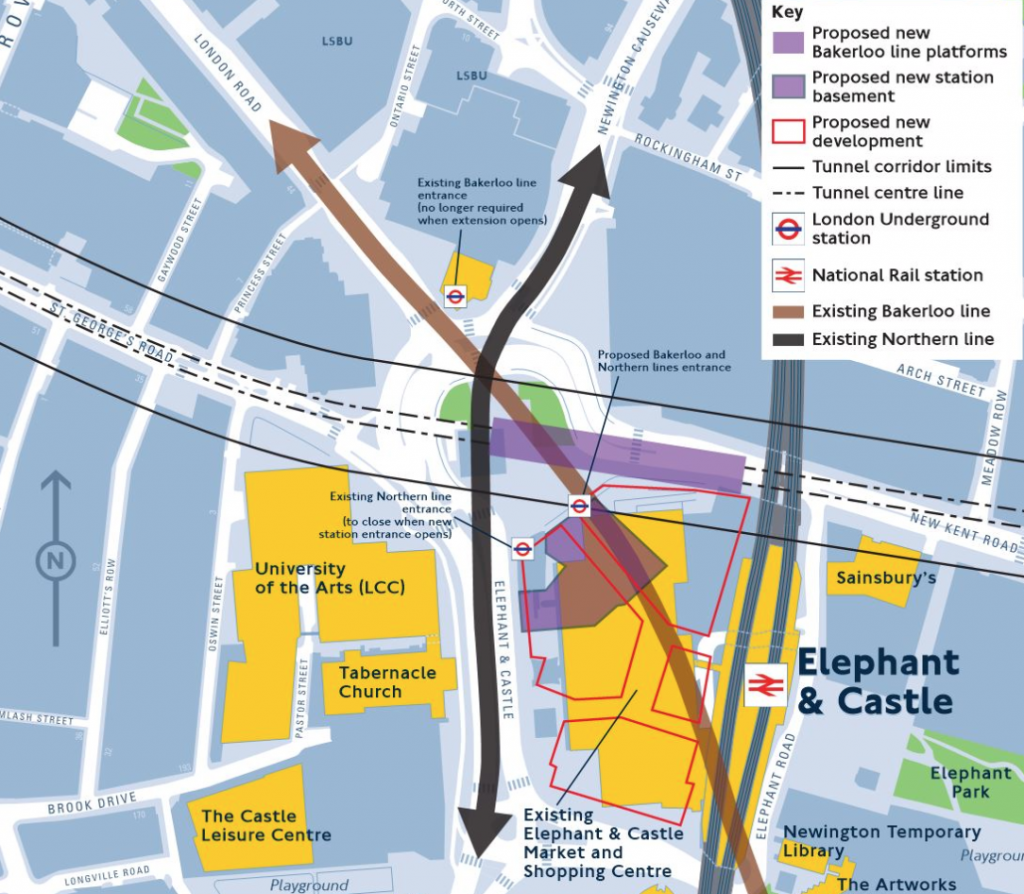
Tramlink Extension
Another TfL extension that has seen recent progress is the new Tramlink line to Sutton in South London. The latest news is that a route has now been chosen, and the line will go from Sutton to Colliers Wood. This line will interchange with the existing Tramlink service at Belgrave Walk and with the Northern Line at Colliers Wood. As all new tram systems, this line will be fully accessible. However, Colliers Wood currently lacks step-free access for the Northern line, so it remains to be seen whether this scheme will justify step-free access works here.
Currently, Tramlink and the Northern line have a poor interchange, with 900 m between Morden and Morden Road. A fully accessible Colliers Wood would greatly boost the connectivity of this area of London as well as begin to plug up the huge step-free access gap between Morden and Elephant & Castle on the Northern line.
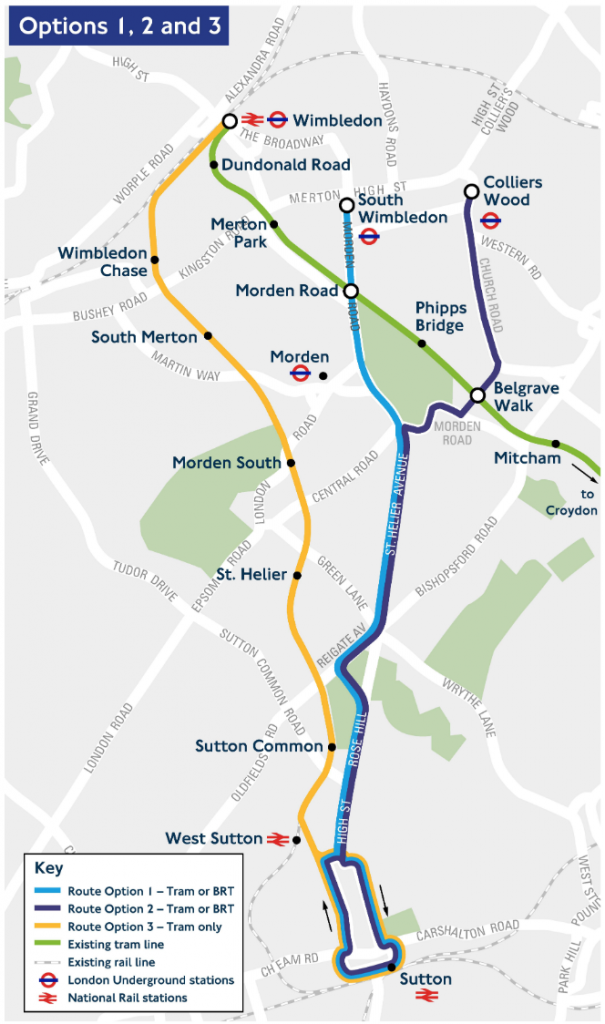
Campaign for Level Boarding
Finally, the Campaign for Level Boarding has now been launched. Composed of a variety of accessibility advocates, engineers, and railway experts, this fledgling campaign seeks to work with Government and the rail industry to map out a comprehensive plan to achieve level boarding across the UK’s railway network. I am thrilled to be a part of the campaign and am excited to see it develop.
For more information, the campaign website is http://levelboarding.org.uk/. Also, please considering following the group on Twitter at @LevelBoarding for regular updates. An example of some of the recent contact is the series of maps below, showing the unacceptably slow progress of level boarding by 2040 without the sort of intervention that the campaign seeks to make.
As the maps make clear, this situation will not improve on its own. We need to make the case that level boarding should be a priority that will benefit all passengers, ensuring that everyone can travel confidently.
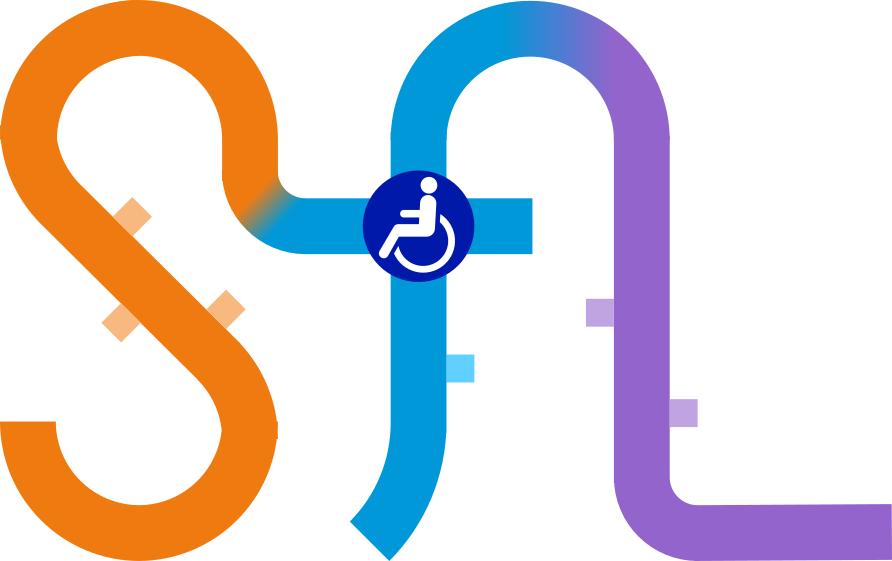
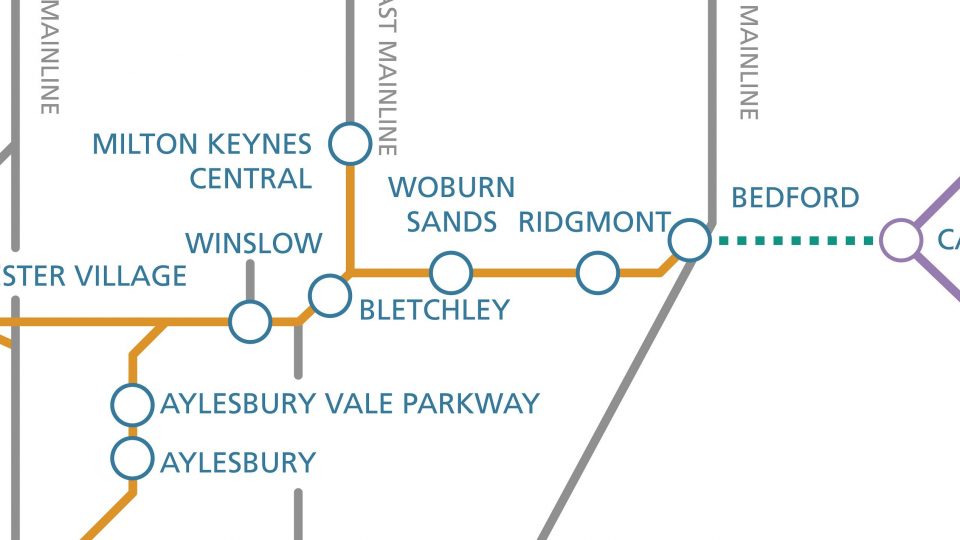
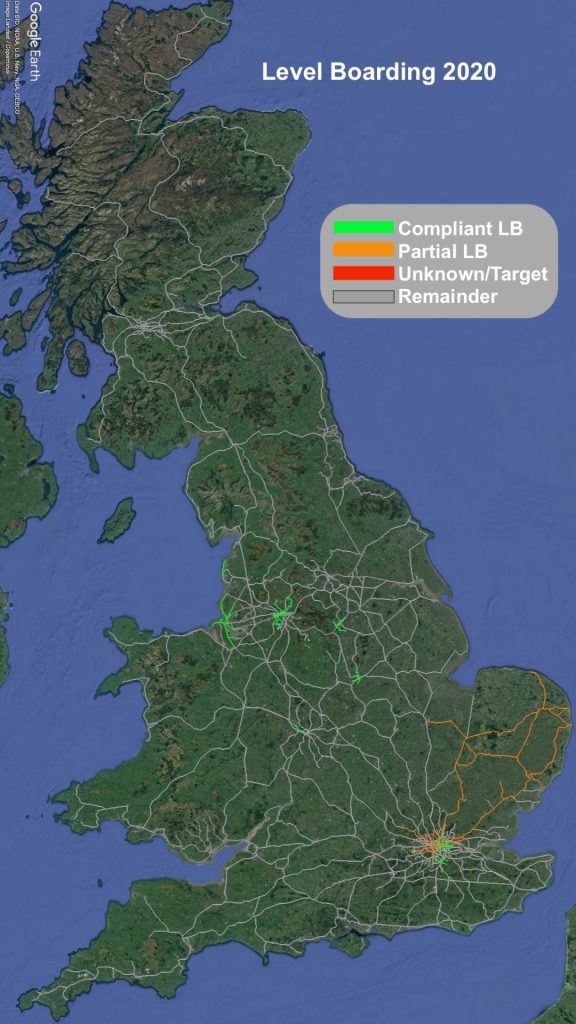
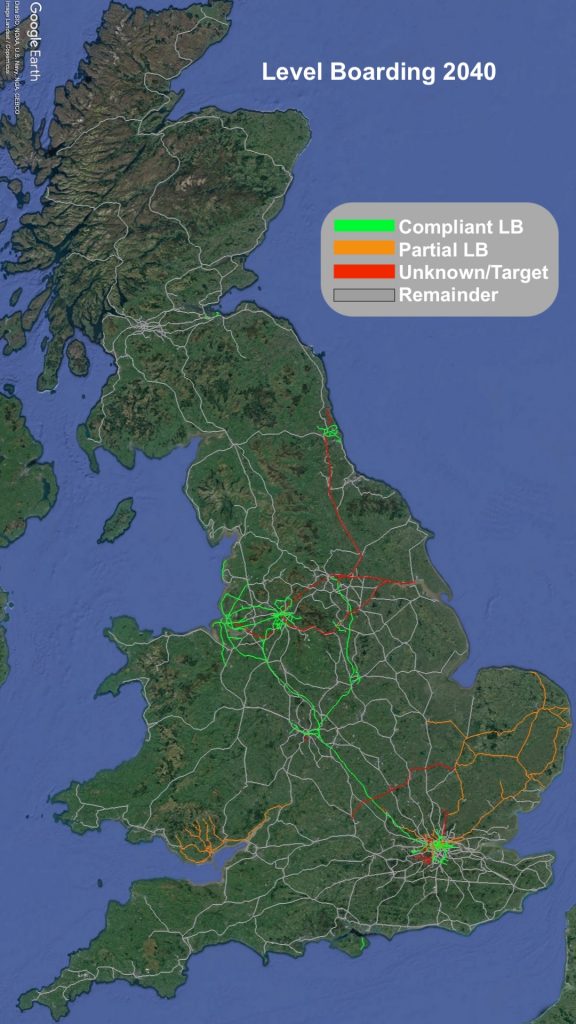
TFL press release for Mill Hill East becoming step free –
https://tfl.gov.uk/info-for/media/press-releases/2020/february/step-free-access-complete-at-mill-hill-east-tube-station
Mill Hill Station access item including photos of Station –
https://www.railadvent.co.uk/2020/02/step-free-access-works-at-mill-hill-east-completed.html
Announcement by DFT of allocation of £20 million Access for All funding. Seems like Barking has finally got some funding
See-
https://www.gov.uk/government/news/rail-stations-across-great-britain-receive-20-million-funding-boost-for-accessibility-improvements
I thought Barking is step-free already, shouldn’t they fund Upminster a lift instead?
Most of these are extremely minor works I imagine. Ealing broadway and chessington south are already step free (or in the process), so im not sure what they will do
Barking only has one lift on platform 1 currently used by London Overground passengers have to use long Ramps and a subway between platforms at opposite end of platforms to reach other platforms .
Their is limited use of platform 1 lift by through District Line trains when doors on both sides are opened . This is not done on terminating trains ,
It’s worth remembering that when Overground trains are extended to Barking Riverside platform 1 will not see regular use.
Plans were announced to upgrade the station at street level with mention of an application under Access for All for funding for lifts to all platforms so perhaps it’s this application that’s been successful? In a similar way as at Romford Station.
https://twitter.com/Crossrail/status/1233346103485091841
Update on Crossrail project at Farringdon Station which includes photo of escalators and ascending lift to Barbican Station
Today’s Budget included a surprise announcement of improved access to 12 stations including several within London and South East including Ockenden and Motspur Park. Please see item Metro newspaper with details of stations-
https://metro.co.uk/2020/03/11/budget-2020-small-business-brexit-loans-worth-5000000000-become-available-12379416/
South Croydon and Tooting are even more surprising. Though I must say stay safe to all of you out there. Take care and try to stock up on supplies as soon as possible. <3
I took precautions back in January when out with a friend by having a bottle of Corona beer thinking it might act as a antivirus!
:joy: That would be my dream haha only side effect would have been a beer belly xD
Newspaper article re Motspur Park Station access improvements announced in Budget –
https://www.yourlocalguardian.co.uk/news/18297668.access-upgrades-coming-motspur-park-station-chancellor-talks-budget/
Can’t access it. Weird.
Step free access has arrived at 3 more TFL rail stations in west London in addition to the recent Iver . See press release below –
https://tfl.gov.uk/info-for/media/press-releases/2020/march/step-free-access-now-available-at-four-western-tfl-rail-stations
The four stations are – Hanwell, Langley, Iver and Taplow
Hanwell arrived in January and Taplow arrived in December, to correct your information. So it’s just Langley. But that’s good news thank you! Now from Iver to Reading it’s a streak of step-free.